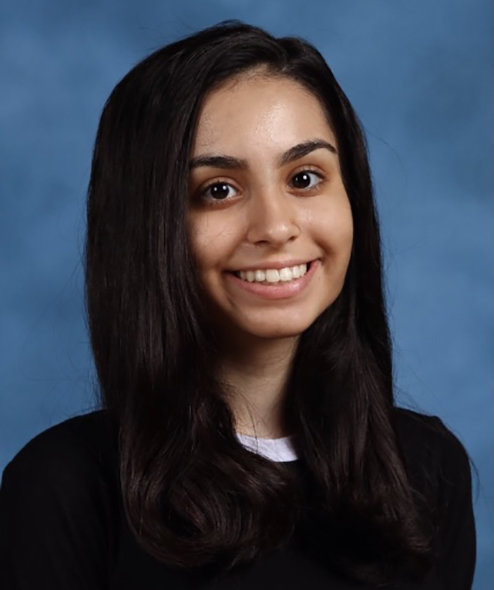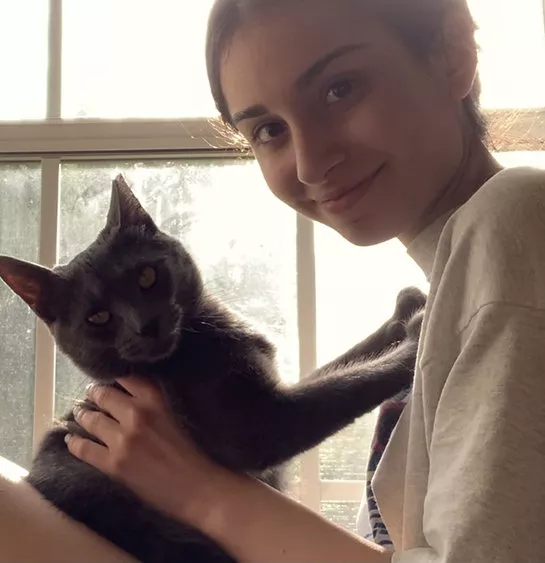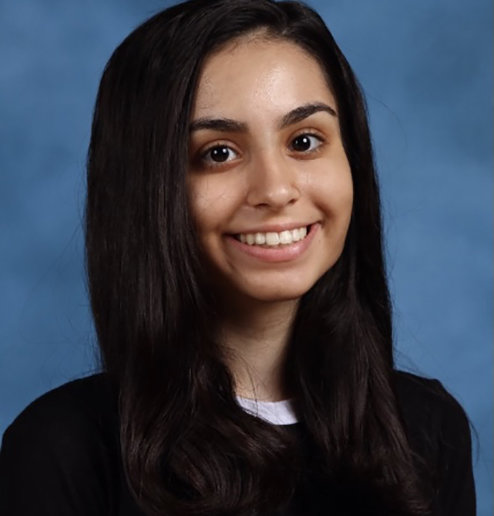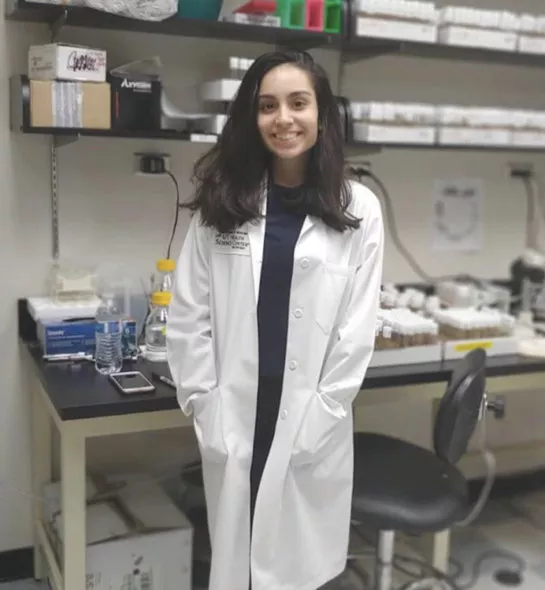Deeper Dive
My inspiration to conduct this research project stems all the way back to early elementary school. One of my favorite shows to watch was Nova ScienceNow with Neil deGrasse Tyson. As fate would have it, one of the most intriguing episodes to me featured people in their 90’s that had somehow barely aged. It was beyond ludicrous to my adolescent mind. How could the 90-year-old man on the TV screen sprint faster than me, and why was his hair less grayed than my father’s? The scientists on the episode postulated that this phenomenon had something to do with the FOXO gene, and ever since then, I have wanted to explore this for myself. Another piece of inspiration for this project came a bit later in life. It’s hard watching my parents grow older, and it’s even more difficult wondering how aging will impact them. Relatives on my mother’s side have had diseases like Alzheimer’s and cancer; however, relatives on my father’s side have lived extraordinarily long lives, my great grandpa living past 120 years old! Perplexed with this stark contrast in aging processes and motivation to prevent the negative aspects, my path for this scientific journey was made clear. Some people like to pointedly claim that fruit fly research has no significance to them, citing the fact that “insects aren’t humans.” While that is very true indeed, applicability is not measured on morphology, but rather genetic similarities. Because the genes used in this project have a high degree of homology between both species, what is learned with the fly can be applied to the human. Right now, we can look at a person’s genome and say “you’re predisposed to neurodegeneration, sorry,” but what this project allows us to do is say “you’re predisposed to neurodegeneration, here is a possible solution through gene therapy.” In order to end these notoriously unsolvable diseases, gene therapy developers need to conduct experimentation to ensure that the promotion of human FOXO has these protective effects in humans.
Once I realized that everything would be closed for a very long time, I adapted and improvised to the situation to ensure that my research could successfully continue. After some negotiating with my parents, we decided I could have one of the bathrooms in our house to myself for my experiments. That was fantastic; however, there was one issue: I had a bathroom, but I needed a neuroscience lab. After days of assembling a desk and shelves, sterilizing the bathroom from top to bottom, and setting up a microscope, I had to completely rethink the ways in which experiments were run. From anesthetizing flies with vegetable packs, to reading genetics books between online classes, to fishing for large neurons under a simple light microscope, I successfully overcame seemingly impossible challenges. However, creating a space to work in was only the beginning of this scientific obstacle course. For example, in order to create the mutant flies that I needed for my project, I had to teach myself genetics. I found a professor who lived close by, and he lent me a fruit fly genetics book, telling me that if I could learn how to do genetic crosses, then he would order the materials that I needed for the experiment. I stayed up that entire night reading Ralph J. Greenspan’s Fly Pushing, and by the morning, I had 25 pages of a genetic cross scheme that would create the fly I needed. I sent this to the professor, who was quite surprised to hear from me so soon. He told me that the cross scheme looked great, and he stuck to his word to provide the needed materials. My science fair sponsor, Ms. Julie Baker, and my lab mentors, Kristin Scott and Stefanie Engert, also provided tremendous support in presenting ideas and applications of my research.
As the lifespan continues to increase, addressing age-related diseases becomes more and more crucial to humanity. A problem that irks me to my core is that when someone is diagnosed with a neurodegenerative disease, there is no direct cure. They’re simply told that this terrible thing is their ill-fate, and at best, they’re offered a few methods to make the process slightly less tortuous. Nowadays, we have some companies trying to charge hopeless people $50,000 for supposed “cures” to these awful diseases. Where is the compassion here? When did basic rights become a business? In my project, I found a gene humans have that when expressed, protects neurons in the brain from degenerating. This gene is called FOXO. In my experiment, I was able to save fruit flies who were predisposed to neurodegeneration by turning on the FOXO gene, which not only kept the flies’ brains healthy, but also increased their lifespan by 50%. My work lays the foundation for gene therapy that can prevent neurodegeneration from happening in a person who is predisposed to it by turning on this neuro-protective FOXO gene. Now, we certainly don’t have all the answers, but by understanding how our own genes can protect our minds from leaving before we do, we are one step closer to a solution.



